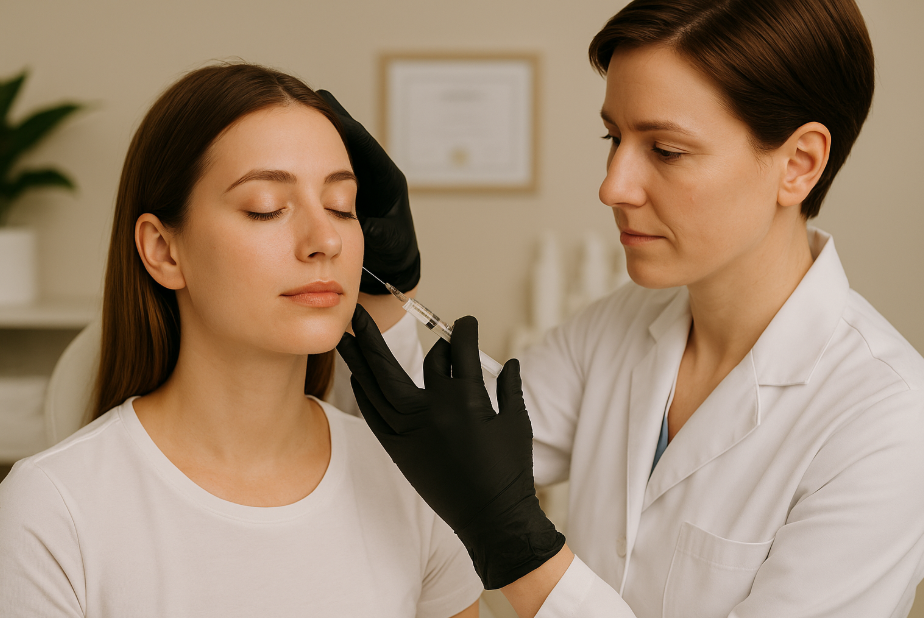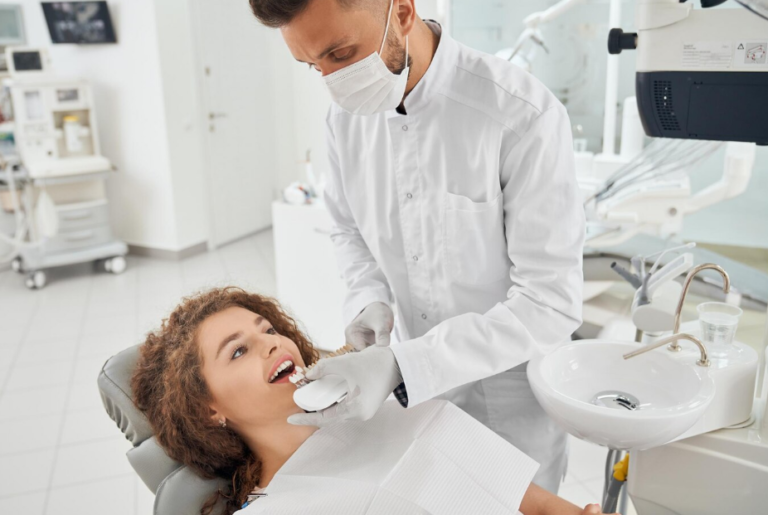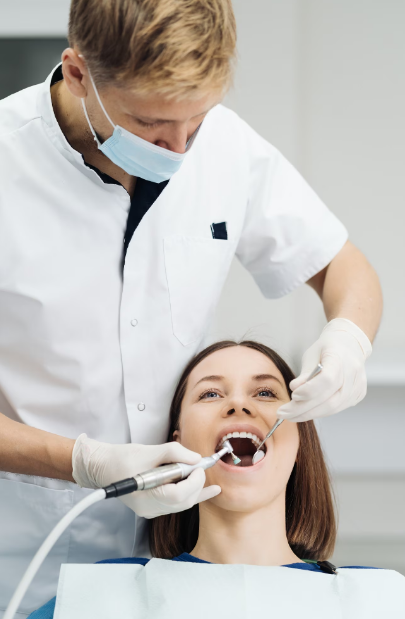Why Training Standards Matter in the Cosmetic Injectables Industry
The Foundation of Safety and Trust
The cosmetic injectables industry has grown exponentially over the past decade. Non-surgical treatments like dermal fillers and anti-wrinkle injections are now widely accessible, with increasing demand from a diverse clientele. While this growth has opened exciting opportunities for practitioners, it has also brought challenges—chief among them being the need for consistent, high-quality training standards.
In an industry that blends medicine with aesthetics, comprehensive training is not optional—it’s essential. Without standardized education and clinical preparation, both patient safety and professional credibility are at risk. In this post, we’ll explore why training standards matter so deeply, and how they influence every aspect of a cosmetic injector’s practice.
Raising the Bar for Patient Safety
Patient safety is the cornerstone of any medical treatment, and cosmetic procedures are no exception. Despite being non-surgical, injectables carry real risks: vascular occlusion, infection, asymmetry, and allergic reactions are just a few possibilities. The difference between a complication and a successful outcome often lies in the injector’s depth of training and clinical judgment.
A properly trained cosmetic injector is equipped not just to perform procedures but to recognize red flags, prevent adverse outcomes, and respond appropriately when something goes wrong. Strong training standards ensure that safety isn’t left to chance—it becomes a built-in part of the practitioner’s protocol.
Preventing Inconsistent Results
In aesthetic medicine, consistency is key. Patients expect reliable, natural-looking results that enhance their features without distortion. Without a structured training background, practitioners may produce inconsistent outcomes, leading to client dissatisfaction and potential reputational damage.
Training standards help ensure that every practitioner understands facial anatomy, dosage guidelines, injection techniques, and patient assessment protocols. When professionals follow a unified educational framework, the results are not only safer—they’re also more predictable and professionally executed.
Completing a reputable cosmetic injection course is often the first step toward achieving this level of precision and consistency.
See also:Redefining Mental Health Care in the Digital Age
Protecting the Integrity of the Profession
The cosmetic injectables field sits at the intersection of beauty and medicine. Unfortunately, the surge in demand has attracted a wave of underqualified practitioners and non-medical providers entering the space without adequate preparation. This erosion of standards not only puts patients at risk—it undermines the credibility of qualified professionals.
When training requirements are vague or unregulated, the entire industry suffers. Public trust decreases, and ethical providers are forced to work harder to differentiate themselves from those who cut corners. Enforcing clear, high-quality training pathways protects the profession’s long-term integrity and elevates public perception.
For any dedicated cosmetic injector, being properly trained is a responsibility, not just a credential.
Enhancing Practitioner Confidence
Confidence plays a significant role in patient interactions, treatment decisions, and clinical outcomes. When practitioners are well-trained, they not only perform better—they communicate more clearly, handle complications more effectively, and operate with a greater sense of authority.
Comprehensive training gives professionals the tools they need to make confident choices, whether it’s selecting the right product, managing a patient’s expectations, or adjusting treatment in real time. This assurance directly benefits patients, who feel more comfortable and secure in the hands of a skilled provider.
Many of these critical skills are reinforced in a quality cosmetic injection course, where both theory and practical application are emphasized.
Adapting to Evolving Techniques and Standards
Aesthetic medicine is not static. New products, techniques, and technologies are constantly emerging. As the field evolves, practitioners must stay current with the latest safety guidelines, treatment protocols, and product innovations.
Standardized training lays the groundwork for lifelong learning. It creates a foundation upon which continuing education can be built and ensures that new knowledge is integrated into existing best practices. Providers trained within a formal system are more likely to seek updates, attend workshops, and maintain their skills.
For a forward-thinking cosmetic injector, training is never a one-time event—it’s a continuous journey of refinement and improvement.
Creating a Safer Pathway for Career Entrants
Aspiring cosmetic practitioners often face a confusing landscape of courses, workshops, and certifications. Without standardized benchmarks, it’s difficult to know which programs are credible or worth the investment. This lack of structure can lead newcomers to choose shortcuts, missing essential safety and clinical components.
Establishing training standards provides clarity and guidance. It ensures that every entry-level provider learns the same core competencies, regardless of where they train. From facial anatomy to complication management, a structured path builds competence and confidence from day one.
Choosing a structured cosmetic injection course gives new professionals the tools they need to start their careers responsibly and successfully.
Supporting Ethical and Patient-Centered Practice
Training isn’t only about techniques—it’s also about ethics, communication, and professionalism. A well-designed training program teaches providers how to evaluate patient motivations, explain risks, decline inappropriate treatments, and uphold informed consent protocols.
These soft skills are just as critical as needle placement. They form the foundation of patient trust and long-term success in the aesthetic field. Without proper guidance, providers may unintentionally adopt transactional approaches that prioritize profit over patient outcomes.
An ethical cosmetic injector understands that real success comes from doing what’s best for the patient—not just what’s most lucrative.
Empowering Regulatory and Industry Oversight
Strong training standards are not just beneficial for individual practitioners—they also empower regulatory bodies, insurers, and professional associations to uphold quality and accountability. When training expectations are clearly defined, compliance becomes easier to monitor and enforce.
This framework helps eliminate unlicensed operators, improves insurance underwriting for aesthetic services, and streamlines dispute resolution in the event of complications. In short, it makes the entire ecosystem safer and more transparent.
By completing an accredited cosmetic injection course, practitioners contribute to a higher standard of care and strengthen the industry’s regulatory foundation.
Supporting Public Education and Awareness
As the public becomes more educated about cosmetic treatments, they’re beginning to ask harder questions about training, certification, and safety. Patients want to know: “Is this person qualified? What kind of training have they had? Are they operating within medical guidelines?”
When training standards are clearly communicated, patients can make more informed decisions. They become empowered consumers who choose providers based on competence rather than cost or convenience. This push toward accountability is a positive force in the industry.
A cosmetic injector who proudly explains their training background sends a powerful message of professionalism and transparency.
Conclusion
Training standards are not just a box to tick—they are the backbone of a safe, ethical, and respected cosmetic injectables industry. They protect patients, elevate practitioners, and uphold the credibility of an increasingly influential field. As the demand for non-surgical treatments continues to rise, it is vital that the professionals delivering these services are properly trained, consistently updated, and held to the highest standards.
Investing in education is not just a career move—it’s a commitment to excellence, integrity, and the well-being of every patient you serve.






